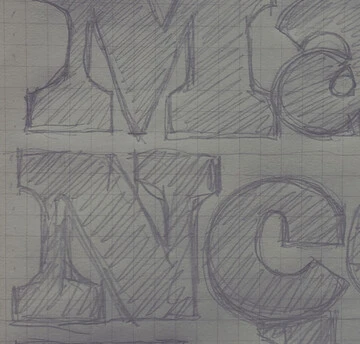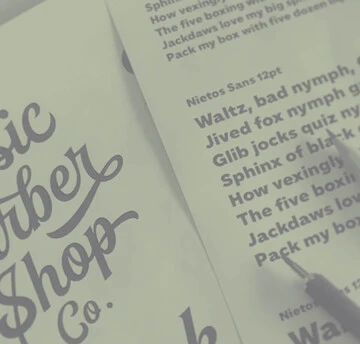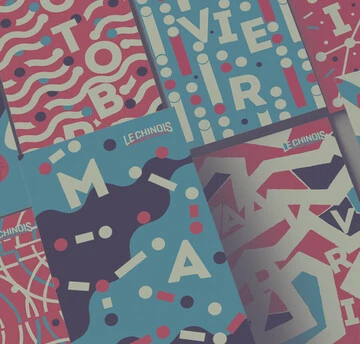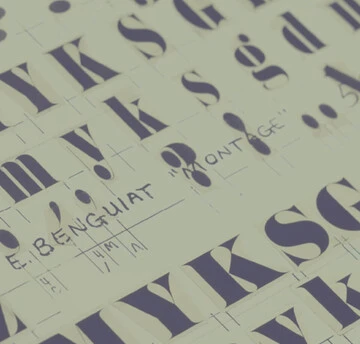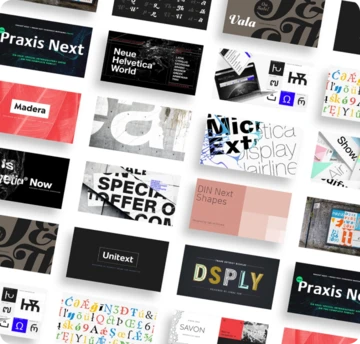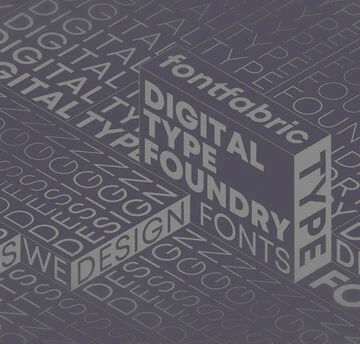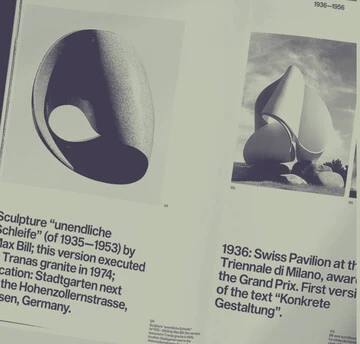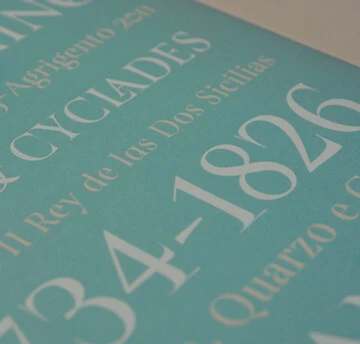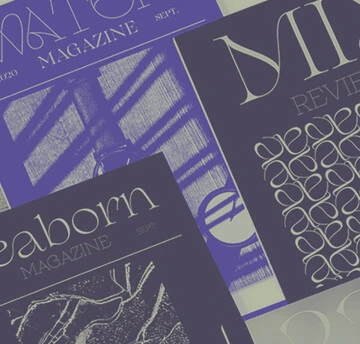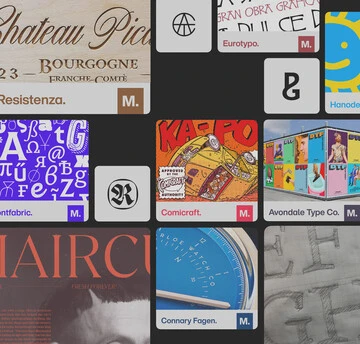Brand Talks Paris
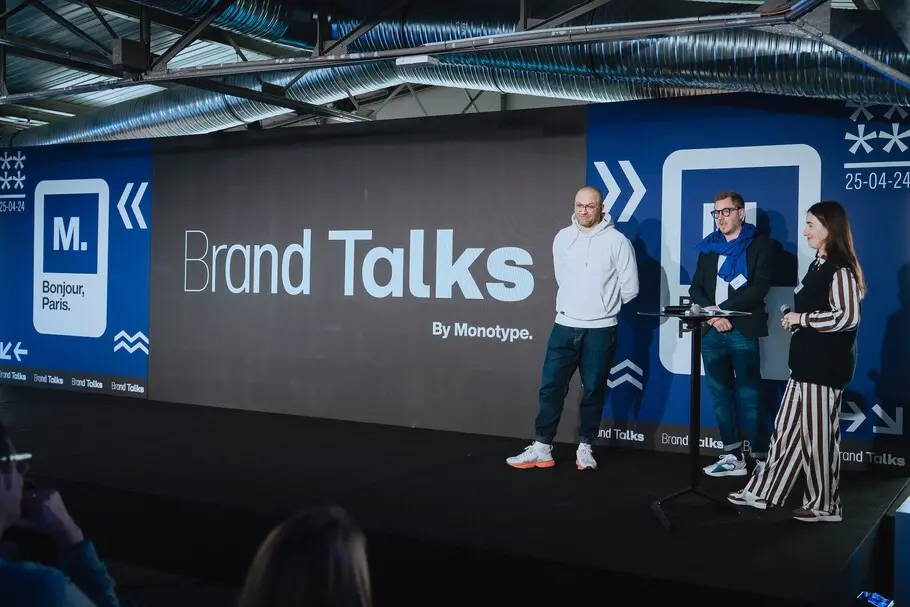
We recently had the pleasure of hosting Brand Talks in Paris. It was our second time ever hosting in the French capital and was a great success! Surrounded by stunning views of the Parisian skyline, the Eiffel tower looking over from afar, we sat down for a captivating afternoon, listening to some of the industry’s finest. Renaud Cambuzat from lingerie brand Chantelle kicked things off with a presentation about restructuring in an evolving market. Then, Reza Bassiri, from design agency Carré Noir, accompanied by Isabelle Duvernay (from CCF bank), presented two case studies: the rebirth of French banking landmark CCF, and the recent rebrand of the Kronenbourg brewery. Alexandre Delassus and Pascal d’Amico followed up with a candid presentation of sporting mega-brand Decathlon’s rebrand. Our very own Damien Collot and Laurène Girbal closed off the event with a poetic nod to what makes typography so fascinating and intriguing.
Read on to check out some key takeaways from the event:
1. Importance of Adaptability and Innovation
If Brand Talks Paris taught us anything, it was the importance of adaptability. The market is changing, and with it consumer demands and dynamics. To stay relevant, brands need to adapt, change, and evolve. Both Chantelle’s and Decathlon’s recent transformations are testament to the importance of adapting brand strategies to remain relevant in competitive landscapes. Chantelle’s bold repositioning sought to “offer new propositions, in line with the challenges of the times, and to contribute to the transformation of our industry and its codes.” Chantelle faced the challenge of evolving in a rapidly changing market while staying true to its heritage. This commitment to innovation enabled Chantelle to anticipate market trends, while capitalizing on its name to drive growth and expansion. With Chantelle Lab for instance, the Chantelle group is confirming its commitments by offering innovative solutions to changing and evolving consumer needs: for example, the company now offers the first 100% recyclable lingerie line.
Decathlon’s new identity is testament to the company’s international ambitions for unity and clarity, aligning its image across all markets and sticking to one common tagline “Ready to play?”, in English, everywhere.
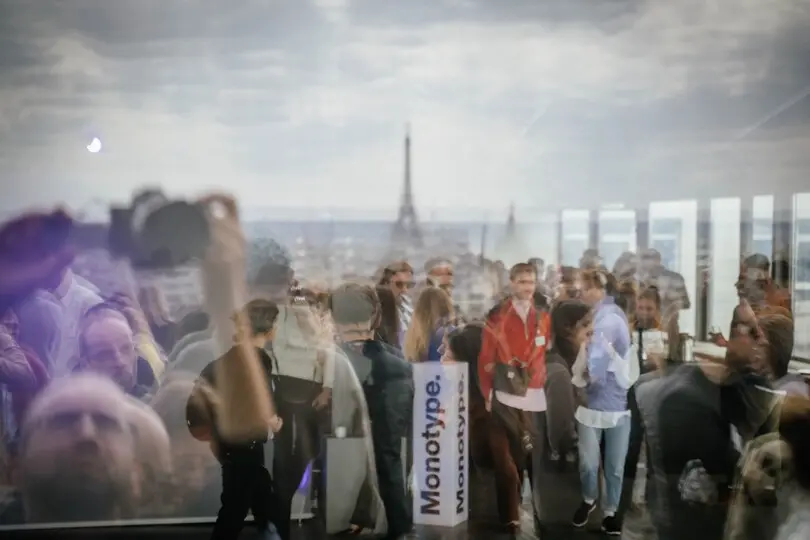
2. Emphasis on Brand Identity and Recognition
A second and very central aspect was a need and desire for clearer, stronger brand identity. Complex brand ecosystems simplifying their structure for greater clarity and recognizability. Decathlon’s rebrand for instance comes hand in hand with a new brand strategy, shifting away from being seen as a sport distributor to become a global, unified, sport brand. Unifying under one common name and, for the first time in its history, one common logo its vast portfolio of specialist brands. Chantelle’s need to restructure, brought on by different phenomena, follows this same trend. A keen desire to “restructure our brand ecosystem to improve clarity, efficiency and visibility”, moving from a historic French brand to a fully modern one, committed and innovative. Similar to Decathlon, we see a need to simplify by centralizing specialist brands under one overarching brand. Similarly, French bank CCF, which boast a slightly surprising history in that it has existed for over 100 years but has been absent for the past 20. Through it has maintained a good reputation with older generations, now reborn from its ashes, it needed a modern identity to speak to younger audiences.
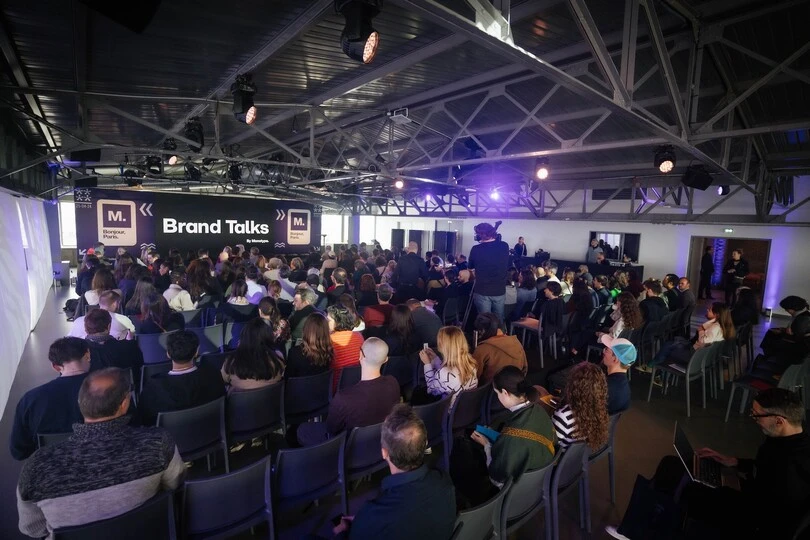
3. Modern brands steeped in history
Good branding is a delicate balance between honoring the past and embracing the future. By leveraging their legacy as a source of inspiration and guidance, brands can navigate the complexities of a modern market with confidence and relevance, opening themselves up to new audiences while remaining recognizable and grounded. The work presented at Brand Talks Paris was very true to this idea. Kronenbourg’s rebrand for instance, which though fully modern and new, is steeped in tradition. We need only look at their new logo – unmistakably a coat of arms, a heraldic bridge linking past and present. Along the same lines, we have Decathlon’s claim that they are “still a blue brand”.
They’re saying loud and proud that yes, they have changed, but they are still the same, true to their original nature and purpose. The brands logotype, a key element of its brand identity, underwent refinement to ensure recognizability and versatility across various applications. The decision to retain the connection between the letters C and A symbolizes the brand’s heritage and evolution. The company’s new logo symbol also stands a discreet nod to the past: the logo is an orbit – representing inclusivity and acceleration – with a spike in the center, a call-back to the brand’s mountain sports origins.

4. Human-Centric Branding
A common thread to all the Brand Talks Paris presentations was a very human angle. This is perhaps not entirely surprising, in an era defined by rapid change and uncertainty, the ability to connect authentically with consumers on a human level remains key. We heard from brands prioritizing empathy, tolerance, and community, and by doing so standing out in a crowded marketplace, all the while building sustainable relationships with customers.
Decathlon’s new slogan is testament to this idea. They ask if we’re “Ready to play?”, an open question inviting everyone, no question of age, sport of preference, or even level of ability, to enjoy a game.
The minimalistic photos that serve to bolster Kronenbourg’s new identity are another clear example. The photos, showing fields of barley and loose piles of hops, take us right back to the land, and to the people who cultivate it.
Similarly, Chantelle’s commitment to speak to all femininities translates through to the brand’s campaigns. They were, for instance, the first lingerie brand in France to promote inclusivity, shifting away from a static image conditioned by a male gaze, offering instead multiple interpretations and possibilities as to what a body is and looks like.
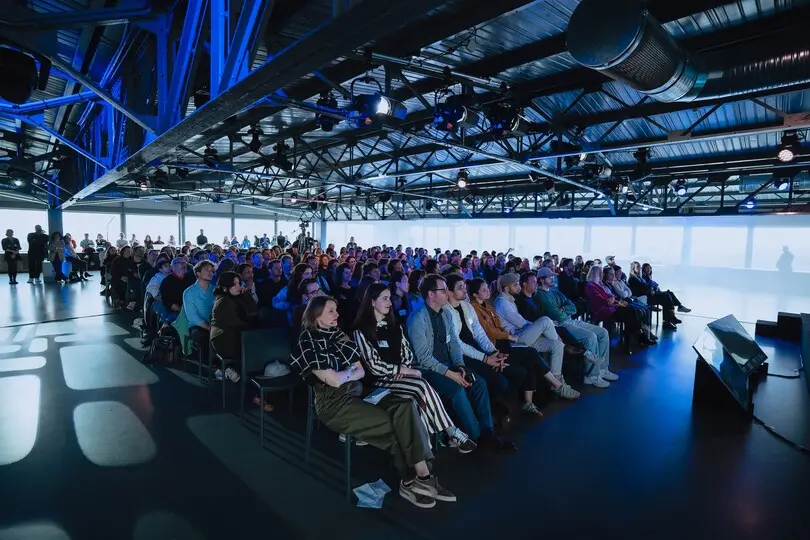
5. A never-ending conversation
Good branding is a conversation starter, but great branding will keep the conversation going. This idea was pivotal in CCF’s recent rebirth. Carré Noir reworked the iconic bank’s logo, retaining its original tri-lettering, but with a twist. The F now taking the form of a speech bubble – quite literally a vector of conversation. That same speech bubble shape is repeated throughout the bank’s identity as a visual cue where new information is presented, keeping as it does the conversation flowing. In doing so, the bank is visually confirming its commitment to engage in conversation with customers. This conversational F is paired with pastels hues, giving the bank a wholly unified and decidedly modern identity.
A similar commitment is mirrored in Chantelle’s recent advertising campaign, unveiled last October. “Conversation(s) continue(s)”, a reference to the brand’s hard-held beliefs and commitments in regard to social issues that remain, to this day, complex and sensitive. This new campaign, centered around three visuals, questions our representation and perceptions of femininity. To quote the brand “Chantelle writes a new chapter with this campaign, posing questions, challenging perceptions and ensuring the conversation continues”.
Let’s close things the way the event did, with a line from Damien Collot and Laurène Girbal:
This sentiment rings true not only for typography, but crucially in the broader context of branding as well. As the brands present at Brand Talks demonstrated, every aspect of an identity, from logo to messaging, and to fonts of course, plays a key role in communicating and building a relationship with an audience. A carefully constructed brand identity is essential if you wish to convey your brands true voice and personality and to speak to your audience in the way you want to.
Thanks again to our speakers for sharing their inspiring stories! To stay up to date with future Brand Talks events and all things Monotype, sign up for our newsletter.
